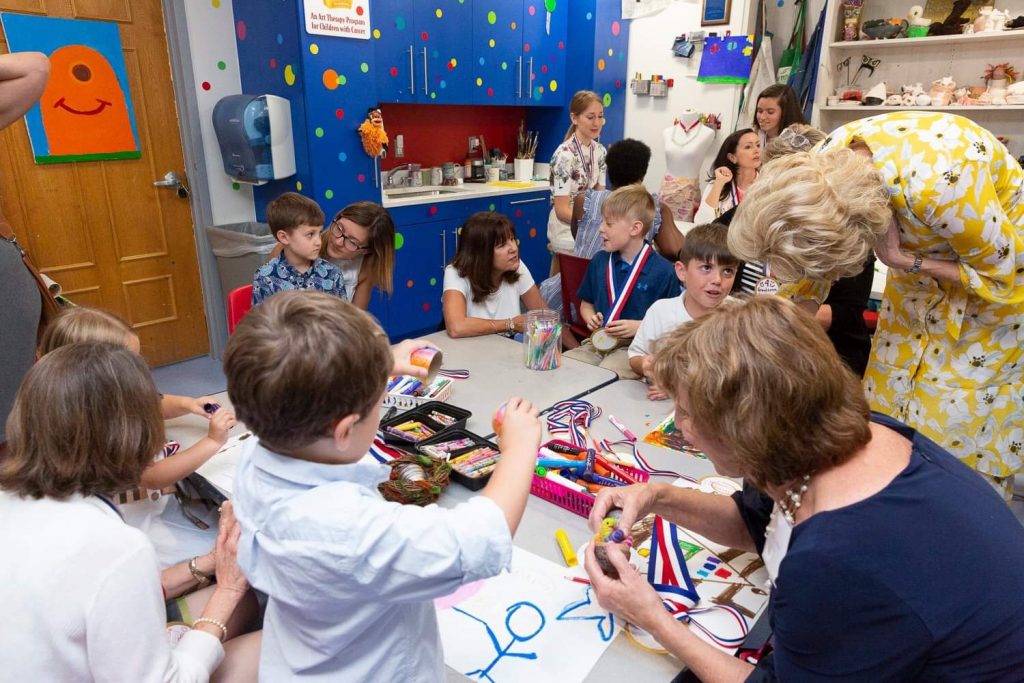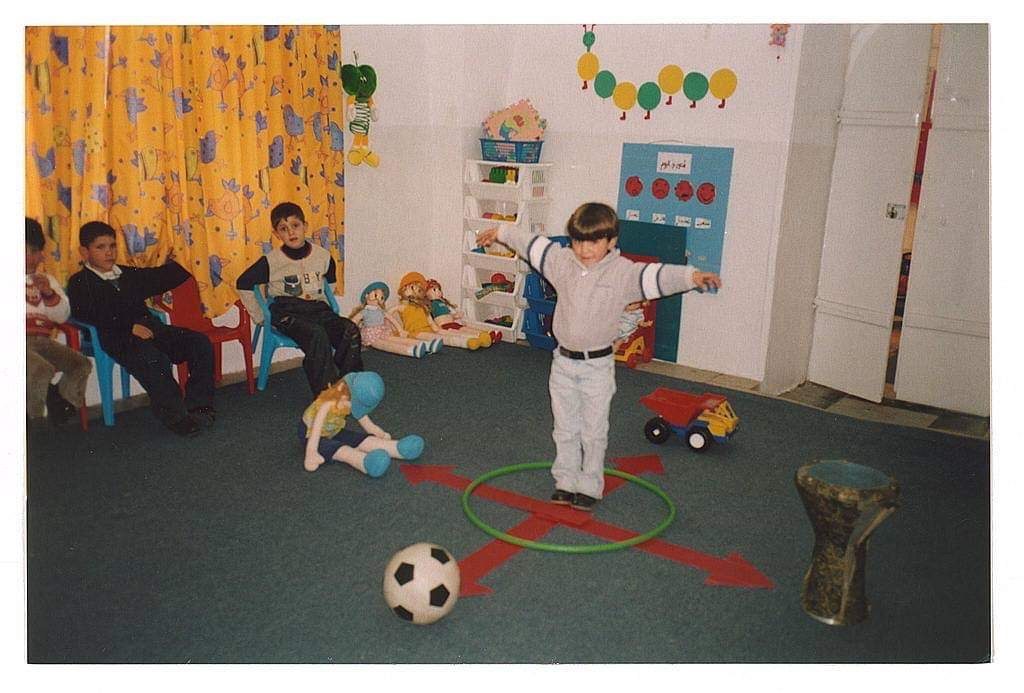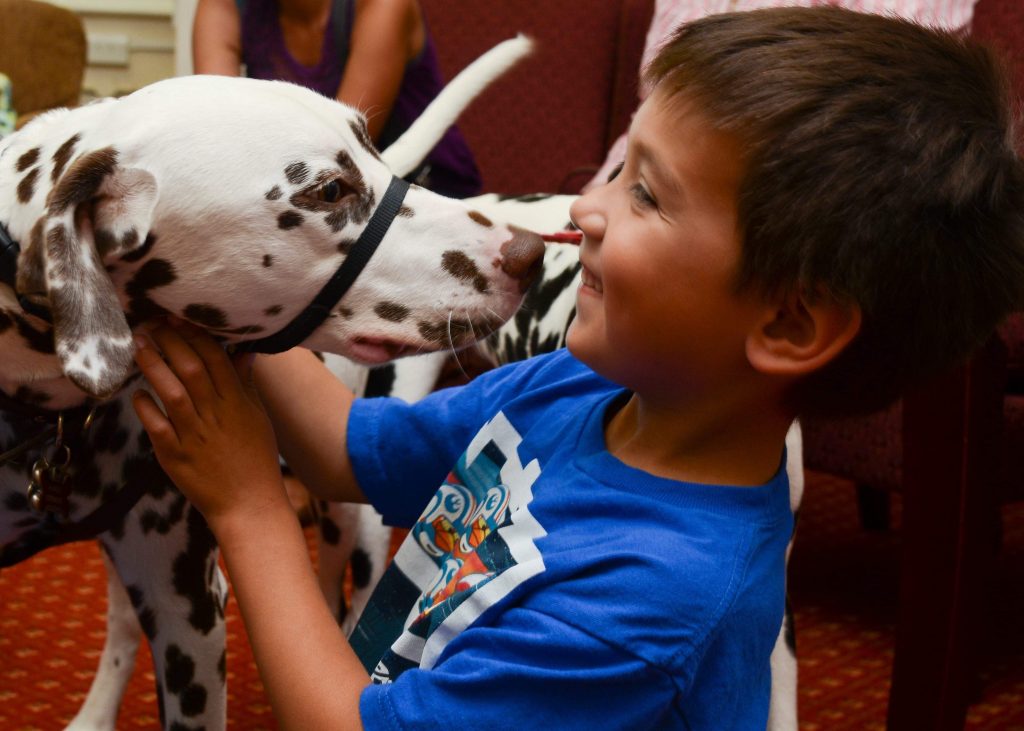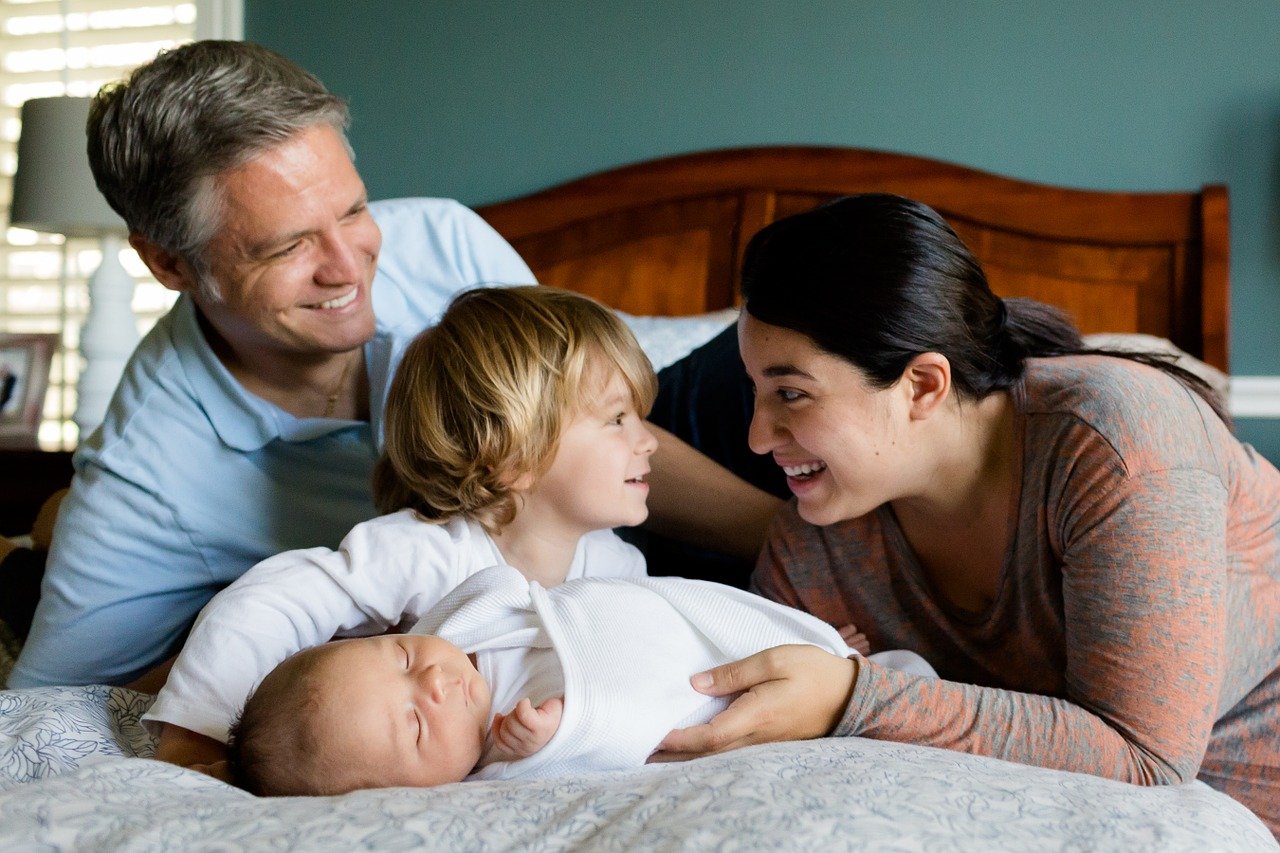
Source: whitehouse.gov
Are your children dealing with bullying, family conflict, or health complications? And do you notice that it’s taking a toll on them mentally? If the answer to these questions is yes, your children may need to undergo therapy. When a variety of problems affect how people think and feel, a possible form of treatment is therapy. It is when people talk about their situation and emotions to learn how to deal with them.
Therapy can also help people with conditions like ADHD, depression, and anxiety, to name a few. If your children receive any of these diagnoses, it’s recommendable that you have them undergo therapy.
However, the entire process may seem intimidating, even scary, especially for the younger ones. The usual one-on-one sessions with a therapist might not work with some children. So, here are three alternative types of therapy that your children, as well as the rest of the family, can try:
Art Therapy
“When words are not enough, we turn to use images and symbols to tell of one’s life story and pave a path to recovery and transformation. Art and Expressive Therapy can help in the treatment of trauma/abuse, anxiety, depression, low self esteem, medical issues/illness, and grief and loss,” says Lara Henson, LCSW, a verified therapist of Psychology Today.
Art is already known as a form of catharsis. It means that it’s an outlet through which one can release intense emotions. Through this catharsis, people get rid of their negative feelings. It is what art therapy seeks to accomplish. Art therapy isn’t just “arts and crafts.” It’s not adult coloring books or coloring apps either. Making art in this context encourages participants to create works that explain how they feel.
In art therapy, participants can express their perceptions, experiences, and problems visually. This form of creative expression overcomes the limits of language. After all, explaining what you feel isn’t always easy, especially in the case of young children.
If your kids are interested in the arts, it might be a good idea for you to bring them to an art therapy session. The environment is very relaxed and friendly. Plus, your children would be doing something they’re interested in. Who knows? You too might appreciate art!
Play Therapy
Don’t be so quick to discount this form of therapy as “just play.” It might seem like fun and games to the children involved, but they get to express a lot of significant emotions. Remember that kids communicate by playing.
“Play therapy is a type of mental health counseling that allows children to use a specially designed playroom to facilitate expression of emotions and feelings,” shares Jennifer Taylor, LCSW, RPT, specializing in individual group, and family therapy with a specialty in Play Therapy. “In play therapy, children can take control of the therapy experience by choosing to play and/or talk.”
For example, playing pretend allows them to assume a role that they rarely take on as children. Through this role, they can express their emotional experiences. Through this, the play therapist can talk to them about their feelings. And together, they can find ways for your children to cope with their problems.

Source: picryl.com
Play and reality aren’t very different from each other. By playing certain games, the play therapist can learn about your children’s circumstances. Despite the fun and carefree exterior, the process helps therapists and concerned family members learn more about their children.
Much like its art counterpart, play therapy helps children work with unbearable and complicated feelings. It allows them to express emotions that, often, cannot be expressed through language. And in this context, they’re able to do so in a safe and non-intimidating environment.
Pet Therapy
Finally, there is pet therapy or animal-assisted therapy (AAT). In this form of treatment, an animal, as well as an animal handler, is present.
“In my clinical practice as a professional counselor, I have worked with a dog, a rabbit and horses and I’ve noticed benefits–especially anxiety reduction and relationship enhancement–when working with all three species,” discusses Leslie Stewart, PhD, LPC, an assistant professor of counseling at Idaho State University. “Since animal-assisted therapy is a relational approach, I think the provider’s skill along with the animal’s temperament and individual personality is probably more important than the animal species.”
A lot of animals serve in pet therapy. The most common are dogs and cats. Other animals include guinea pigs and horses. Children that are allergic to fur can work with fishes and dolphins. In the end, the animal of choice depends on the child and the kind of help they need. With each animal, there is a different kind of therapy.

Source: mildenhall.af.mil
A lot of children work well during pet therapy. It’s easier for them to bond with an animal than it is with a human therapist. Given this, they’re less anxious about the processes. Pet therapy not only helps children cope with their mental stress. It teaches them to be compassionate towards another living being. It also helps them learn how to communicate, both verbally and non-verbally.
Parent Child Interaction Therapy
One-on-one sessions might not be practical for your children. Being left alone with someone unfamiliar might make them uncomfortable and less likely to talk about what they feel.
These alternative forms of therapy might work better as they combine therapeutic practices with fun. They’re also conducted in an environment that children see as less threatening. If you think your children might need therapy, consider these three alternatives!
